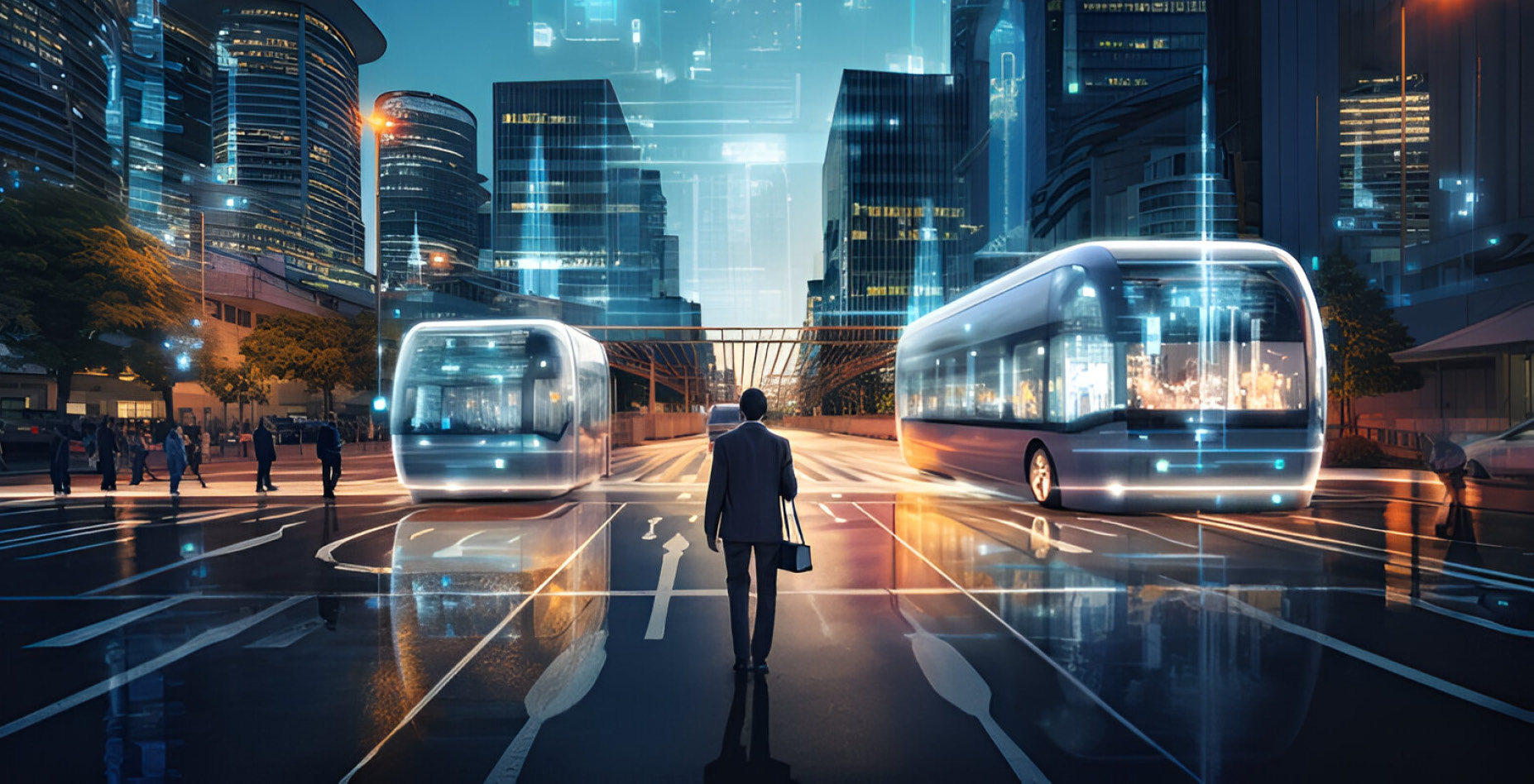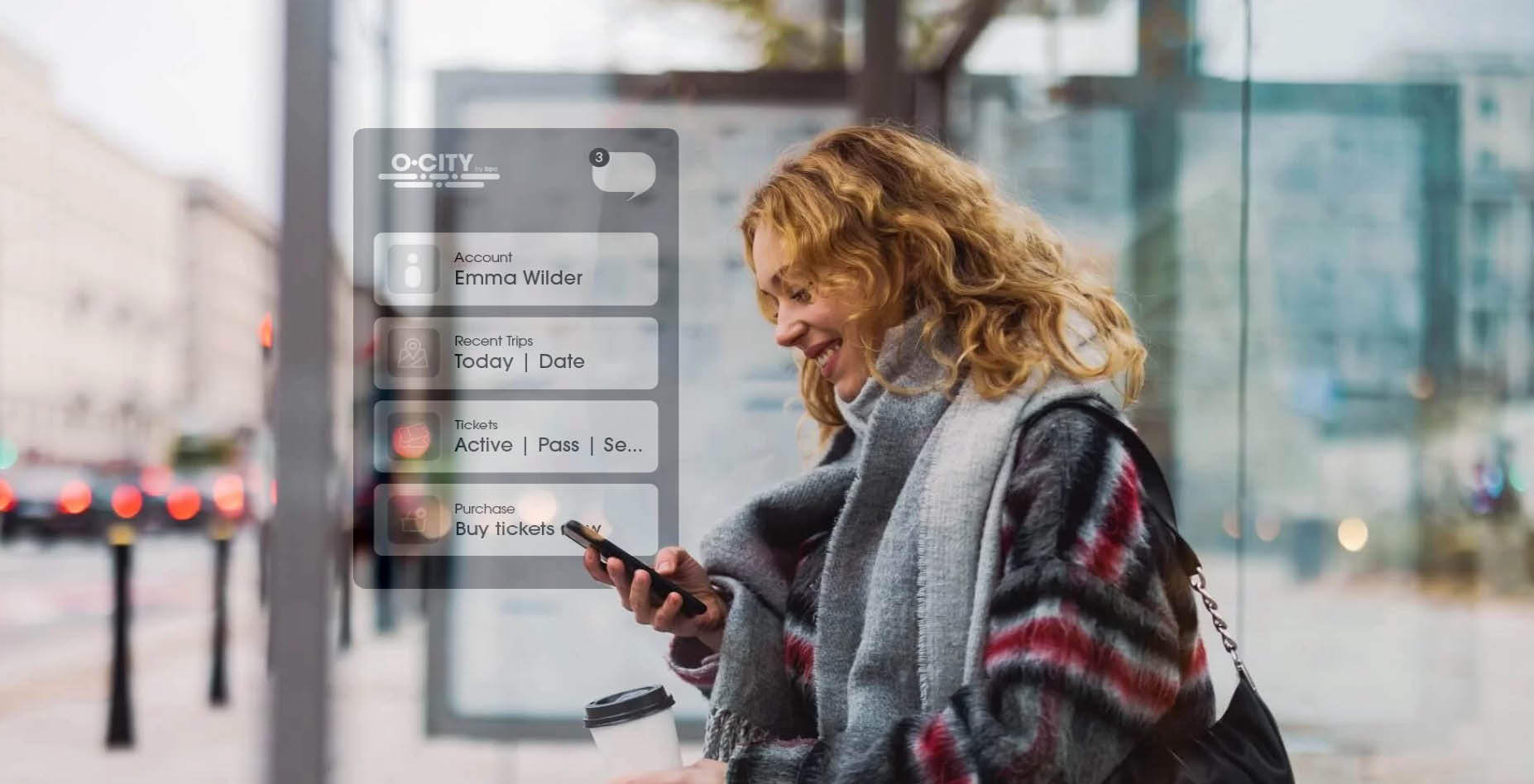Four steps to accessible ticketing
A city flourishes when its people can move freely and confidently. Yet for many travellers, daily journeys remain unpredictable and unnecessarily challenging. Overcrowded services, unclear timetables, and outdated payment and reservation systems all discourage people from choosing public transport — often pushing them back towards private cars, adding to congestion and pollution.
For local authorities, transport operators the solution is not always about adding more buses or trains. It is about using what is already available more efficiently, offering a reliable experience, and ensuring that everyone, from regular commuters to tourists, can access public transport with ease. More and more transport operators public and private rely on digital ticketing solutions that offer modern functionality, such as online booking and reservation.
Accessible ticketing
A genuinely accessible ticketing gives everyone the confidence to travel when they need to. Daily commuters should trust that they can board a bus, rail, intercity commuting at peak time without being left behind. Tourists should find the system easy to navigate without confusion or long queues. Elderly passengers and families should be confident they will have a seat and a safe, comfortable journey.
This level of certainty can only be achieved when cities and operators make use of real-time data, digital payment systems and smart reservation tools — ensuring that services run according to actual demand.
The hidden costs of excluding travellers
When public transport falls short of being accessible in practice, the effects are felt far beyond the station or bus stop. Social segments of people often avoid busy routes if they fear standing for lengthy journeys. Students or blue/white-collar workers may struggle with overcrowding that makes it difficult to reach lessons or work shifts on time. Tourists, who bring much-needed revenue to local businesses, may avoid public transport altogether if ticketing and boarding are confusing and unreliable — opting for taxis instead.
The result is all too familiar: more cars on the road, increased congestion, higher carbon emissions and unnecessary stress for everyone. For operators, unpredictable demand leads to wasted fuel and inefficient use of fleets. For local authorities, underused infrastructure and rising private car use can threaten sustainability goals and delay climate commitments.
Four steps for accessibility
The good news is that accessibility and operational efficiency are not at odds — they go hand in hand. When passengers trust that services are reliable and easy to navigate, ridership increases. A bus or train that runs at higher occupancy makes better use of fuel and staff time.
With better data on who is travelling and when, operators can plan fleets and timetables more precisely, predict peak times, and offer various segments various flexible affordable ticketing tariffs. This avoids empty vehicles on underused routes and overcrowding where demand is high.
So, what practical steps can local authorities and transport providers take to improve accessibility and efficiency? Here are four key digital strategies that can deliver a significant improvement — with online booking and reservation as a core element.
- Open-loop AFC in public transport
First, upgrade how people pay. Open-loop payments, mobile wallets and online top-ups make it far easier for travellers to pay for their journey. Tourists, in particular, benefit from being able to tap in with a bank card or top up online, avoiding unfamiliar ticket machines or cash-only counters.
For operators, digital payments mean quicker boarding times, reduced cash-handling costs and better security. Crucially, they also provide valuable data about how passengers use the network — information that can inform better planning.
O-CITY is an account-based platform with open-loop properties that is designed to increase accessibility of public services, be it in the form of payment automation or improving the smart city experience. It is an automated fare collection platform designed with both users and operators in mind, utilising innovative technology such as EMV open-loop systems to deliver a seamless and frictionless payment experience.
- Mobile app with real-time travel information
Providing clear, real-time updates reassures passengers that they can plan their journey with confidence. Live information on arrivals and delays reduces frustration and prevents crowds gathering unnecessarily at stops or stations. For operators, real-time data allows for dynamic fleet management. Extra buses can be deployed on busy routes at short notice, or services can be redirected when there are unexpected spikes in demand.
O-CITY offers mobile app for commuters on public transport and drivers looking for parking. The O-CITY mobile application is designed to improve mobility for city dwellers and visitors. The application is designed to simplify the payment process for public services and provide informational support on journeys but not limited to it. It can be also configured to fit in leisure and education spheres. The mobile application offers users a rich set of functionalities to help them on their journey. As an account-based system, the user can create their own account as part of the enrollment process to be used as a basis for all future operations. In addition, the user can track balance on cards, track and find transport vehicles, search for convenient routes, plan journeys, view historical journeys, view historical payments, purchase e-tickets through the marketplace.
- Smart Segmentation
Not all passengers travel in the same way. Digital tools make it possible to understand and plan for these differences. For example, school pupils may create predictable peaks at certain times of day, while elderly passengers may prefer off-peak hours. Tourists tend to travel in larger groups and may be more flexible with timings.
By segmenting these groups, operators can tailor services more effectively. Special discounts or passes can encourage off-peak travel to ease pressure on busy routes. Services can be adjusted in real time to better match demand — making the best use of vehicles and staff.
Managing segments and ticket quotas and creating special arrangements for social segments and VIPs are quick and easy with O-CITY. The platform provides transport operators with an accessible interface for managing quotas and setting up limits of seats per rail, bus or specific vehicle unit.
- Online Booking and Reservation
A dedicated online booking and reservation system is one of the most powerful tools available to modern operators. By allowing passengers to book seats in advance, operators gain clear visibility of demand and can plan accordingly.
This is particularly valuable for longer regional services, intercity trains, or ferries — but it can also benefit busy urban routes during peak times or major events.
Passengers benefit from the reassurance that a seat is guaranteed. Families, groups, elderly passengers and those with mobility needs all gain confidence to travel when they know they will not be left standing.
With an online booking reservation platform from O-CITY, rail commuters can navigate a user-friendly interface to find their preferred route for any journey. They can also instantly purchase tickets online that are available in the form of a QR-code. The solution supports the search for rail, bus, other public transport through route number, seat search date intervals, using of various filtering options, supports multi-language interface and offers various payment methods either through web portal or mobile app for the user, while the operator gets all valuable insights into the consumer behaviour and able to build and manage seats and segments according to business needs.
A practical example
Imagine a rail operator serving a popular route to a coastal destination during the summer. Traditionally, good weather and holiday weekends bring last-minute crowds, leading to long queues, packed carriages and frustrated travellers turned away at the platform.
An online reservation system enables passengers to secure seats in advance — with the option to choose off-peak times for better value. Operators can plan staffing, on-board services and carriage allocation with far more certainty. Capacity can be adjusted ahead of time to meet real demand.
For the local authority, this means fewer cars making the same journey by road, less congestion on local streets and a smoother experience for visitors who are more likely to return and recommend the destination.
Ready to See What’s Possible?
Making your city more accessible isn’t a distant goal — it starts with practical digital solutions you can deploy today. Download our Brochure to discover how O-CITY’s booking and reservation tools help rail operators deliver smarter, fairer, and more efficient services — so every rider can trust that there’s a seat waiting for them.


